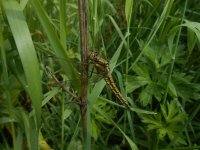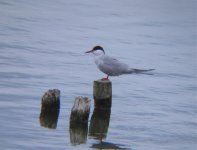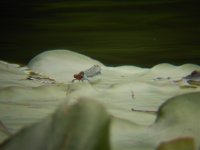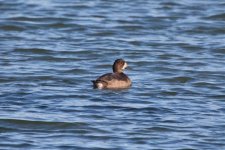Craig, I have now had a return e-mail from Dave Elmley the Staffordshire moth recorder and he collects Staffordshire Butterfly records to the old vice County, Dave said he has no records from Sheep Wash Urban park.
As anyone seen Green Hairstreak there in the past, some people breed native butterflies and release them into areas they assume is suitable as no license is required, however the majority soon die out. Although releases of Purple Emperor, Silver-washed Fritillary, wood White in South Warks have been successful. Warwickshire Butterfly conservation attempted to establish a colony of Marsh Fritillary at Ryton Meadows but was not successful.
Regards, john








